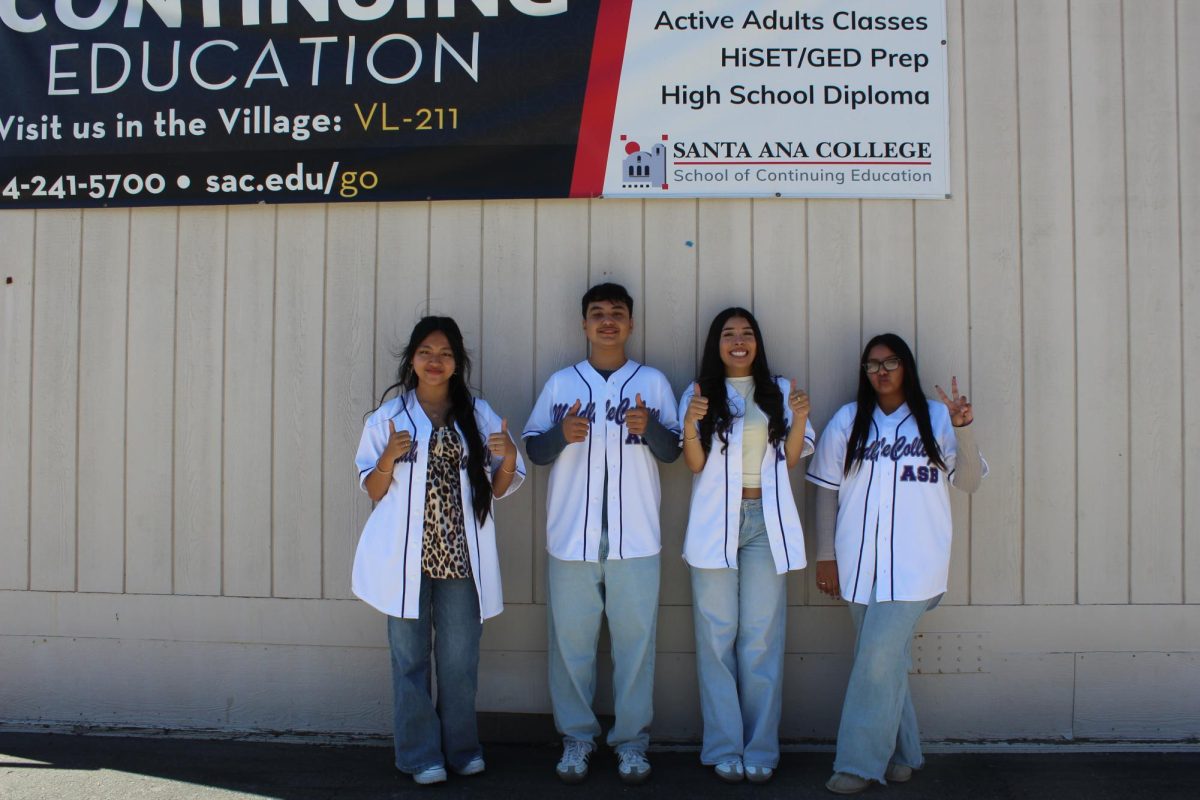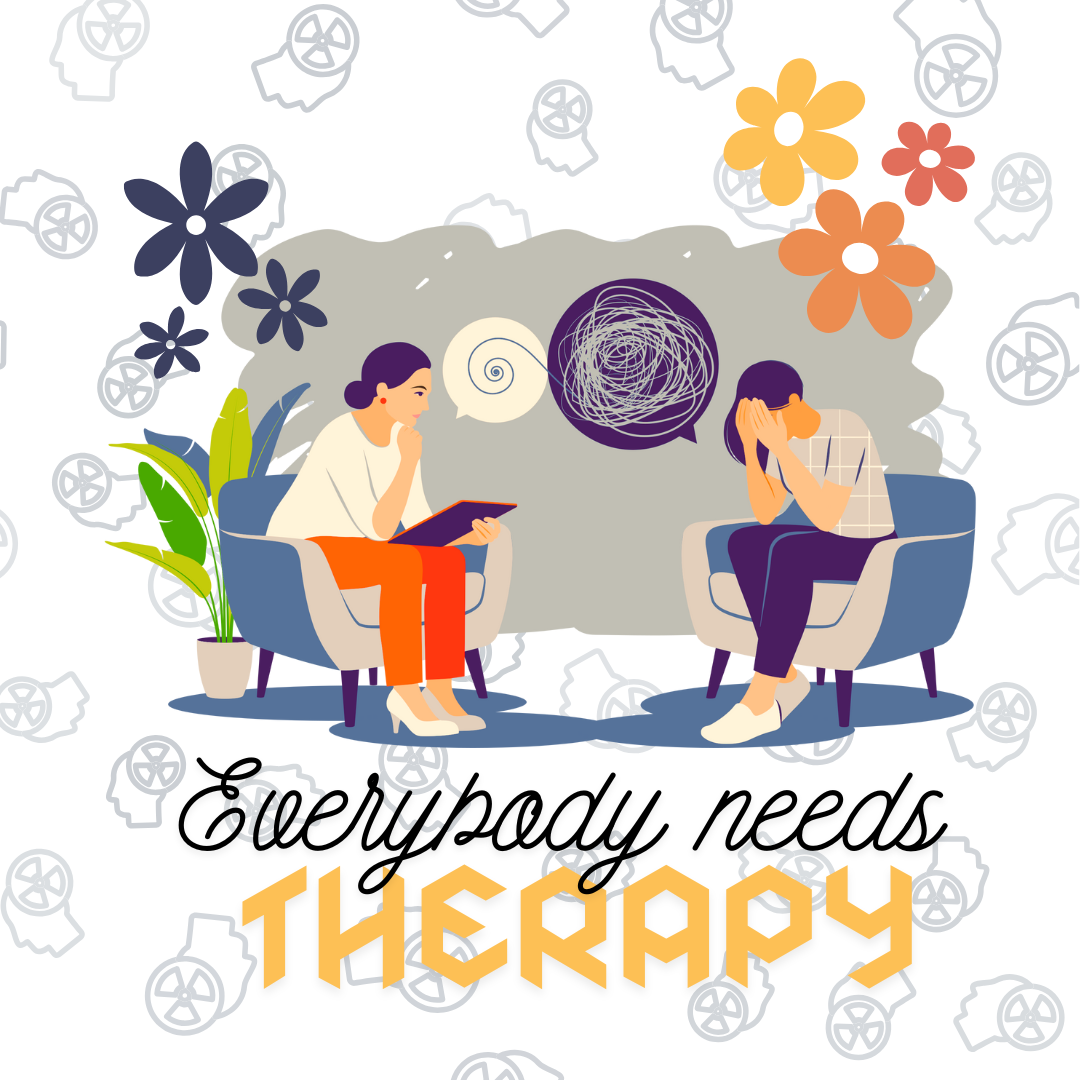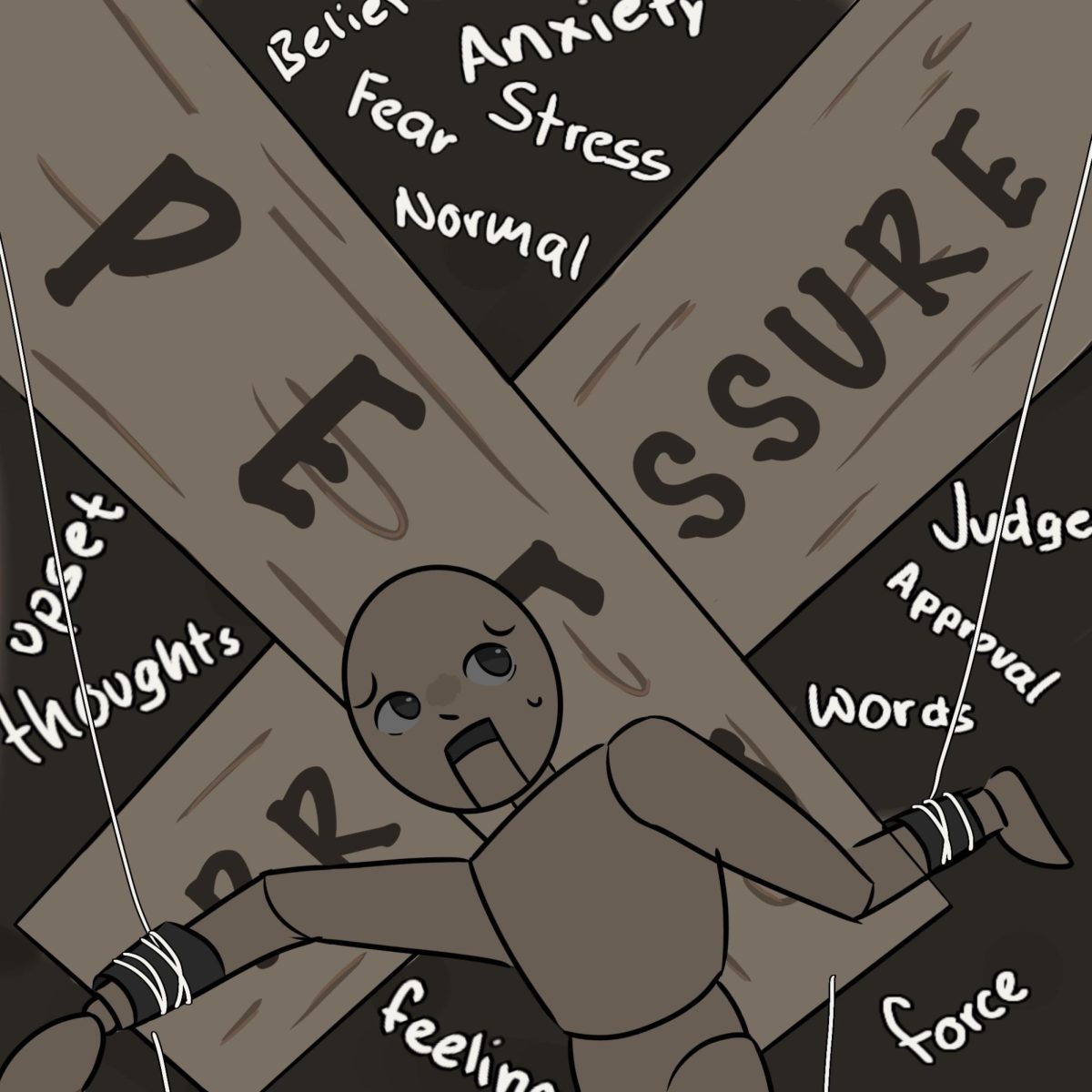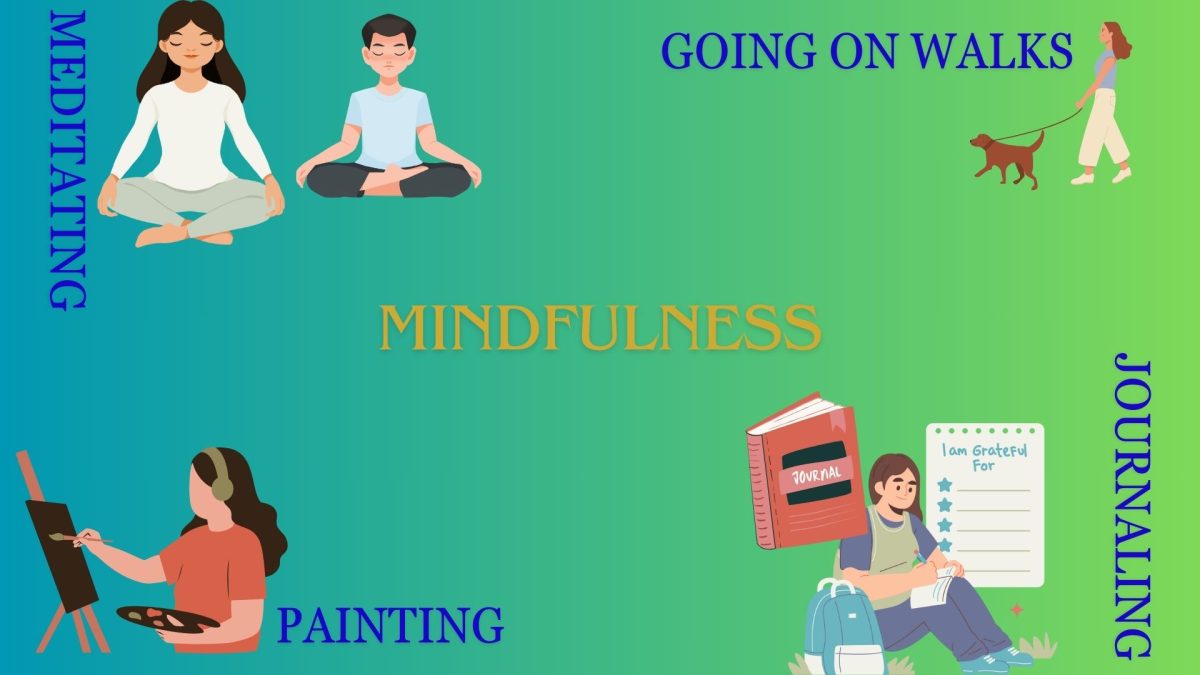Imagine yourself in an open field, eyes closed, taking deep breaths in and deep breaths out in a repeating cycle for about five minutes. Suddenly, you find yourself in a different state of mind, a blank yet oddly balanced mental space that radiates peace. This is known as the act of meditation, a mindfulness exercise that allows an individual to reach a state of self-awareness.
Activities that promote the idea of mindfulness fall under the spectrum of spirituality and transpersonal psychology.
Transpersonal psychology is the study of spiritual aspects of the human experience. According to Meridian University, transpersonal psychology is an approach that works to understand “how the connection between the self and our higher consciousness can lead to growth and self-development.”
The Higher Consciousness
The concept of attaining a higher consciousness revolves around enhancing self-awareness and gaining a deepening one’s understanding of spiritual aspects of life. To achieve this, it is necessary to let go of the things that prevent the mind from being free.
One of the main obstacles that stop the mind from transitioning from an ordinary consciousness to a higher one, is the idea of setting unhealthy boundaries. This includes the boundary between open-mindedness and close-mindedness.
According to verywellmind, being open-minded allows the individual to gain insight and “challenge existing beliefs and achieve personal growth [through learning] new things about the world and the people around them.”
It is crucial for individuals to release past traumas and embrace moving forward.
As noted by Jeffrey Pedroza, a psychology professor at Santa Ana College, trauma is another factor that comes into play when shaping a person’s personal growth journey.
“People react very differently to trauma. If it is processed, individuals can focus on their future pathway. If not processed, people will not be open to healing if they cannot focus,” Pedroza said.
Embarking on Your Journey
There can be some hesitations in regard to whether it is appropriate to begin practicing spirituality while practicing other religions. Pedroza shares that it can enrich the connection between one’s religion and the spiritual aspect of it.
“Individuals might meet with resistance from organized religion as being seen to be on the fringe. They can be reassured this is not a substitute for their practicing religion or beliefs, this is an enhancement,” Pedroza said.
Everything takes time, but one small step is better than none. There are many ways in which one can take part in practicing spirituality. It can range from mindfulness practices to creating practices of your own.
Mindfulness Practices
The most common way to engage in spirituality is through mindfulness exercises.
Mindfulness is the art of being present and observing. McLean Hospital, a psychiatric hospital, describes it as “being in the moment [and] calmly observing what is happening within and around you without feeling overwhelmed.” This practice helps individuals make decisions that are aligned with their current values.
An exercise that incorporates this concept of mindfulness is meditation. Cleveland Clinic describes meditation as a practice that involves clearing the mind using both mental and physical techniques.
The clinic shares three different kinds of meditation forms: body-centered meditation, emotion-centered meditation and mindfulness meditation.
Physical techniques that can be done to clear the mind is body-centered meditation. It is the process of bringing awareness to the body by slowly recognizing any sensations that can be felt throughout the body. On the other hand, a mental technique is emotion-centered meditation, which is a meditation that focuses on a specific emotion. Gratitude is something that can be focused upon during this meditation.
Mindfulness meditation is described as “staying aware of what’s happening at the moment rather than letting your mind wander. It also involves using what you feel throughout your body as a foundation for your awareness of the world around you.”
So what is the connection between mindfulness and meditation?
Both mindfulness and meditation, no matter what kind it is, involve the concept of becoming aware of what is occurring around and within; they both emphasize the idea of clearing the mind and allowing it to focus on one thing at a time.
If there is any interruption that occurs, it is important to recognize the source from which it is coming from, is it a reaction coming from your body or is it something else that comes from the setting in which you are in. After recognizing the source, accept the interruption and bring back your attention to your breathing and body or emotional sensations.
Recommendations
For those interested in starting their own healing journey Pedroza has some recommendations.
“I would recommend that a person define what they seek on the journey. Do they want to be happier, more knowledgeable, accomplish more? A journal to capture your thoughts and feelings is a good idea,” Pedroza said.
Here are websites that can help guide you towards practicing mindfulness:




































